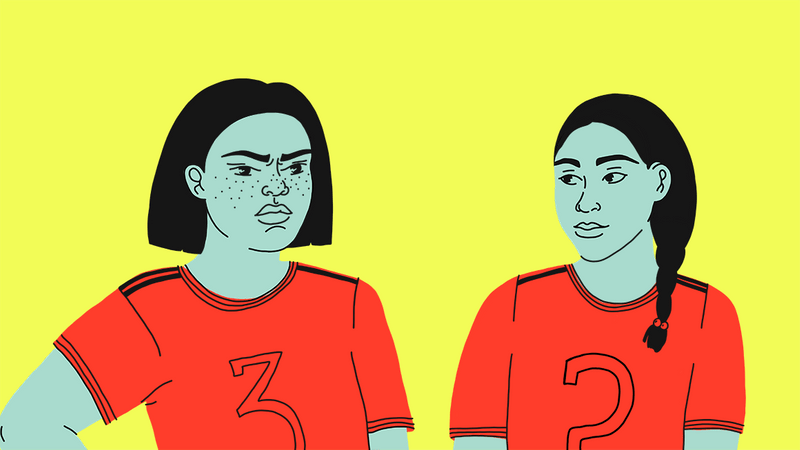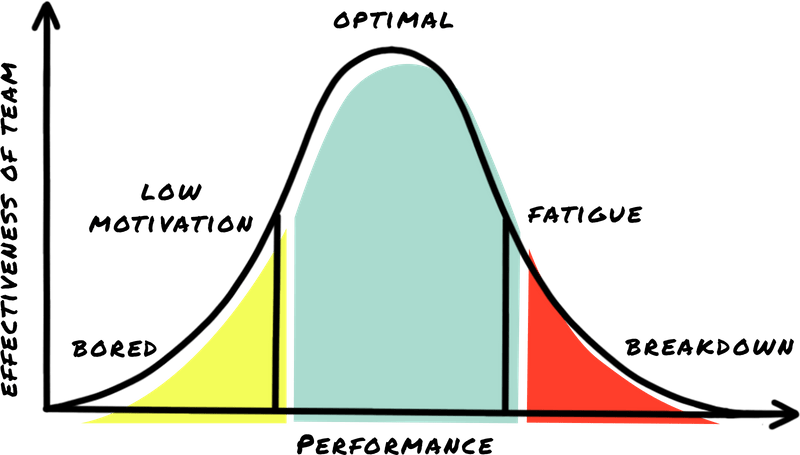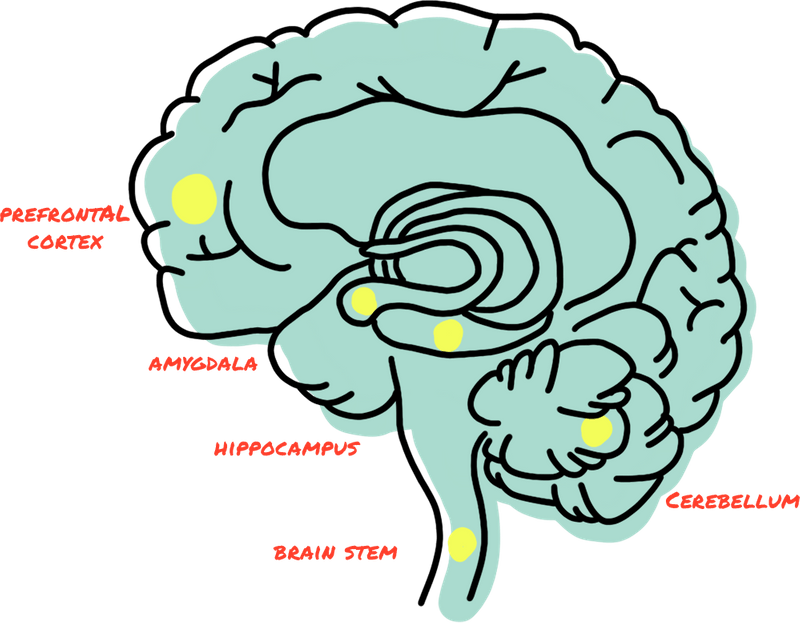The stress that one girl experiences can easily be manifested in an action that affects the entire team.
Here’s an example
If Kara is mad at Rachel, she may not pass her the ball and she may not talk to her if she doesn’t have to. Eliana may become distracted after noticing that Kara is mad and miss her shot. What’s going on here?
- Girls don’t usually compartmentalize their interactions and relationships, and because relationships matter to girls, they may take social conflicts onto the court or field. [25]
- Girls tend toward interpersonal sensitivity and may show more empathy and sensitivity to distress in others. [26]
- As a result, Kara, Rachel, and Eliana are all experiencing stress, and their individual experiences are being compounded on their team.
Not all stress is bad [27]
Good stress increases the stakes within your comfort zone.
Imagine being at the free-throw line in basketball with the game on the line and the chance to win it for your team. You’ve practiced this shot hundreds of times and feel confident about your ability to perform. It's still a stressful moment, but you are ready!
Bad stress comes from situations that make you nervous and uncomfortable.
Imagine having five seconds left on the clock of a basketball game, no more time-outs, and an extremely loud environment. You don’t have a play and haven’t prepared for this moment. The stress here is overwhelming.
PLAY VIDEO
In this moment, the player was not thinking; she was reacting to a stressful and frustrating situation. Humans are wired to react to stress. We have an unconscious, biological reaction when stress gets the best of us.
Not all stress is bad
The brain develops from the back to the front. Let’s talk about the BRAIN STEM.
The brain stem is the part of the brain at the back, near where the head and neck meet. It controls everything we do that is unconscious, such as breathing, swallowing, and blinking.
At the other side of the brain is the PREFRONTAL CORTEX. This is the part of the brain that makes you you. It sits behind your forehead and is responsible for rational thought and critical decision-making. Another way to think about it is like a thermostat. It controls and moderates things in your brain to make sure things are OK. [28]
Next is the tiny but important AMYGDALA. The amygdala sits right between the brain stem and the prefrontal cortex. It has one job: to be on the lookout for threats or stressors. Think about it like a smoke detector, it looks for danger and reacts to it. [29]
When we are calm, we are operating in our prefrontal cortex. When we are experiencing stress, we activate our amygdala. Ideally, we want to spend most of our lives with the prefrontal cortex in charge and not the amygdala, but let’s see what happens when this isn’t the case.
POWERED BY
Privacy Policy | Terms & Conditions | © 2019 adidas America Inc.
© UP2US 2019





